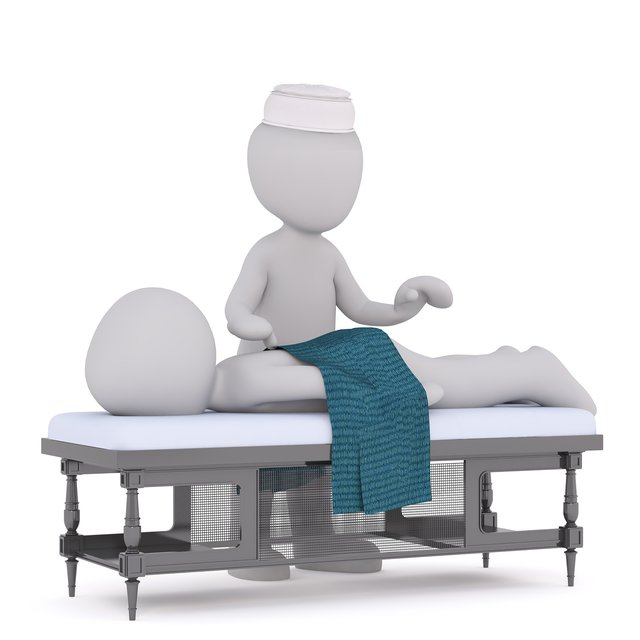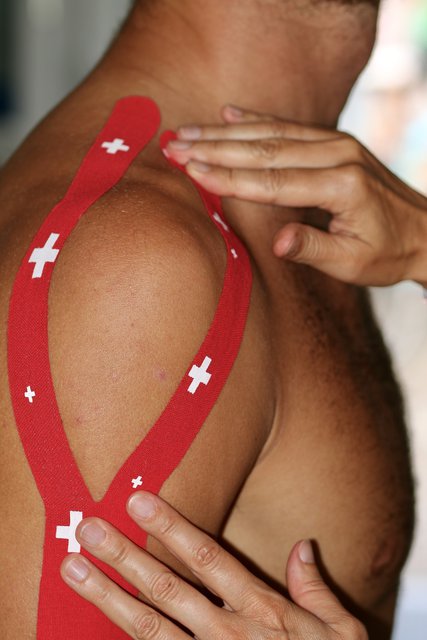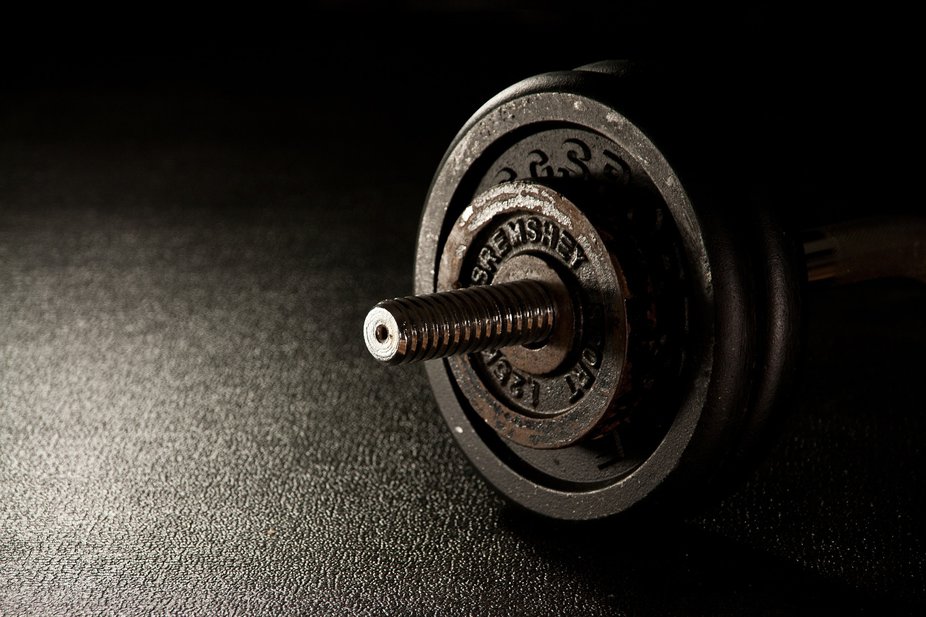What is a physical therapist and how can they help skiers?
Hey NS. I wanted to give an overview of my profession and the various ways we can help freestyle skiers and winter athletes. I know this site has some younger skiers and I wanted to highlight the process as well.
Physical Therapy began in the early 1900’s during the rise of the polio epidemic. We were thought of as physical healers of the body and teachers of mobility, walking, etc. Fast forward to this century and the progression has come a long way.

How to become a Physical Therapist
Physical Therapy is now at the clinical doctorate level for education. PT school is generally 3 years of graduate school with about half of that being clinical work as a student physical therapist. Undergrad degrees that can be helpful are exercise science, kinesiology, and any type of biology or health science degree. After graduation from, PT school, DPTs can then choose to enter the workforce or continue to specialize in residency or fellowships. Yes, it’s a LOT of school and its not for everyone. The best advice I’d give to high school kids is to shadow multiple professions for multiple days and get a feel for them.
Okay, but WHAT is a Physical Therapist?
We are experts in the human musculoskeletal system, biomechanics, neuroscience, pain science, mobility, and much more. Physical Therapists work in hospitals, gyms, nursing facilities, home care, outpatient offices, and are even getting into Telehealth more recently. Per the American PT Association mission statement: "Building a community that advances the profession of physical therapy to improve the health of society” is the goal for every PT. We teach people how to move better and allow patients to learn how to help heal themselves.
How Can PT’s Help Skiers?
Depending on the setting, PT’s can have a direct impact on freestyle skiers. PT’s can work with patients in the initial stages of injury or surgery in the hospital setting to assist with mobility training and safety. Using properly fitted crutches for the first time isn’t that easy!
Outpatient orthopedic PT’s can take over after the hospital, being experts in rehabbing a vast array of musculoskeletal injuries. ACL reconstruction is common in skiers, and reinjury rate can greatly be reduced with a properly progressed strengthening program over months. Injured shoulders, knees, hips, backs, ankles. You name it and a PT can most likely be of service.
Some physical therapists specialize in concussion management. Finding a concussion specialist can be an amazing tool for concussed skiers to allow them to safely return to skiing. With concussion being such a hot topic for the past 10 years, more and more PTs are being efficient in this area of treatment.

What if I’m not injured?
Physical Therapists are also experts in reducing injury risk, aka “Pre-Hab”. Programs can be created for lower body and upper body injury risk reduction with things like strengthening, mobility work, plyometric progression, stability training and more. PT’s who specialize in sports rehab and work in gym settings may be best suited for this type of patient need.

How to access a PT?
Getting a medical doctor’s referral for physical therapy isn’t the only option when seeking treatment. Each state in the USA varies for rules, but many allow direct access, meaning you don’t need a MD’s referral get PT treatment. Check your state’s laws here:
https://www.apta.org/advocacy/issues/direct-access-advocacy/direct-access-by-state
Many PT practices will also accept cash-based payment if insurance is an issue.
Take Away:
Yes, this means I am a “skiing doctor”. And no, I don’t go around bragging about my title. I’ve been a loyal NewSchooler and freestyle skier for over half of my life and want to give back to the community. Hopefully you never have to see a Physical Therapist, but if you do, or are interested in it as a career, hopefully my post helps.
Feel free to follow me in IG @SkiingPhysicalTherapy and DM me questions you may have anytime!


Comments